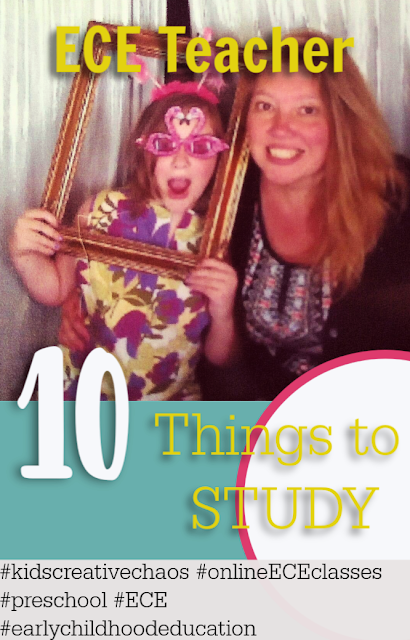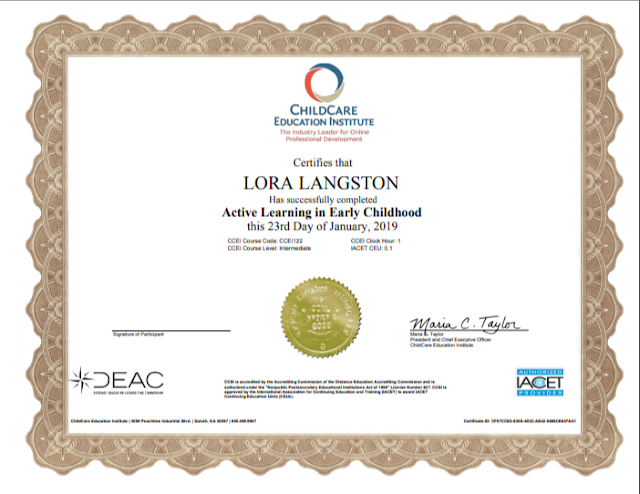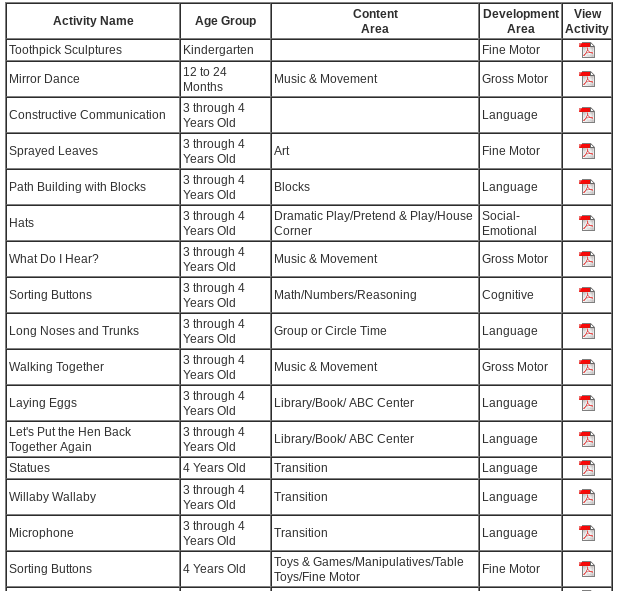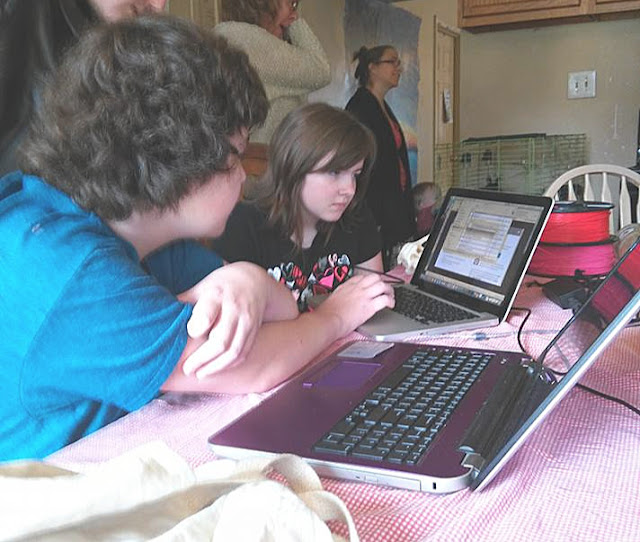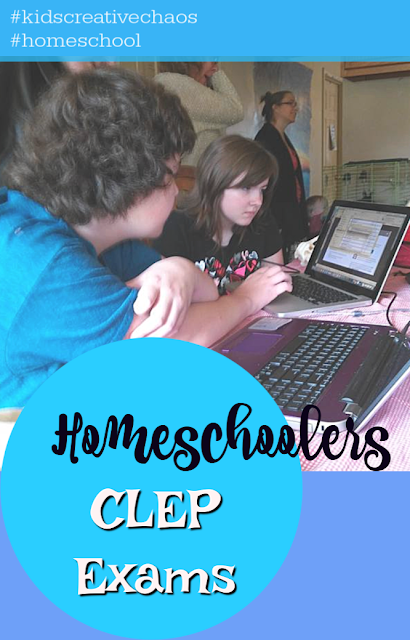10 Things ECE Teachers are Studying Today
What are early childhood teachers studying today? Curriculum for ECE teachers is constantly evolving to keep up with the latest topical trends and innovations. Young children live in a world where computers, tablets, smartphones, music players and gaming devices are readily available, including in their classrooms. Anyone studying to become an ECE Teacher needs to keep up with these trends in technology. The best way to do that is to get your ECE training online and we highly recommend getting your professional development training at ChildCare Education Institute (CCEI.)
Personally, I’ve taken many courses online and offline receiving certificates and credits toward my ECE (Early Childhood Education Certification) and CCEI is the best! ChildCare Education Institute offers certificate programs and coursework that meets the requirement for national credentials including the CDA. CCEI also has online certification programs for Director and Early Childhood Credentials. CCEI, a Council for Professional Recognition CDA Gold Standard™ comprehensive training provider, is nationally accredited by the Distance Education Accrediting Commission (DEAC) and is accredited as an Authorized Provider by the International Association for Continuing Education and Training (IACET.)
Below, is a list of the most popular things ECE teachers are studying. What are you most interested in studying? After you’ve taken a look at the list, let us know your thoughts in the comments below the post.
10 Things ECE Teachers Should Study
Here’s a list of TOP 10 trending topics that ECE teachers are studying today (that teachers wouldn’t have studied 10 years ago), according to CCEI:
- Children on Devices: CCEI’s CHD103: The Child’s Digital Universe: Technology and Digital Media in Early Childhood online course shares the latest research and recommendations regarding children's use of technology and digital media and ways in which digital devices are reshaping childhood and early childhood education.
- STEM and Robotics: Children are growing up in an increasingly digital world, and technology, coding and robotics in schools are getting a lot of attention. CCEI’s courses CUR113- STEAM: Enhancing STEM Education with the Arts and CUR123: Robotics in Early Childhood Education: Hands-On and Playful Approaches helps teachers explain robotics to children.
- Trauma Informed Care: ECE providers work with diverse groups of students from all walks of life. Statistics show that 26% of children living in America will experience some sort of trauma in their life prior to the age of four. CCEI offers SOC108: Establishing Trauma Informed Practices in Early Learning Environments which focuses on ways to incorporate trauma informed practices into the environment and interactions with children.
- Mindfulness: Mindfulness practices can prevent instances of undesired behavior, increase focus and engagement and promote a feeling of ownership and empowerment for children. As an additional benefit, classroom communities tend to be more empathetic and kind. CCEI offers SOC106: The Value of Mindfulness in Early Childhood which explores calming and reflective approaches when working with young children.
- Spirituality: CCEI’s CHD109: Supporting Spiritual Development in Early Learning Environments is based upon the work of Deborah Schein, author of the book titled Inspiring Wonder, Awe and Empathy – Spiritual Development in Young Children. The course explores what spiritual development is and why it is important to overall development. Participants will also learn how to create moments within their learning environments that promote spiritual development in young children.
- Caring for Allergies: Child food allergies are on the rise in the United States and continue to be a public health concern. CCEI’s CCEI119: Food Allergies in the Early Care Setting online course provides an overview of food allergies and basic safety principles to employ in the early care setting. Upon completion of this course, teachers will be able to provide a safe environment for children and staff who suffer from food allergies, identify the eight major food allergens, list the theories associated with the rise in food allergies and identify the importance of food labeling and packaging.
- Dual-Language Learning: In some areas, non-native English speakers may make up the majority of a classroom. It is important for all early childhood educators to be prepared to meet the challenges of guiding a child toward English fluency while maintaining fluency in (and respect for) their home languages and cultures. CCEI offers CHD102: Dual Language Learning in the Early Childhood Environment to provide early childhood professionals with strategies and tools for helping young children develop language and literacy skills in English.
- Attention Disorders: CCEI offers courses like SPN102: Attention Deficit Disorders to help child care providers understand the symptoms, subtypes and common treatment strategies associated with attention disorders.
- Diversity and Inclusion: CCEI’s CCEI640: Creating a Multicultural Environment online training course helps teachers define the goals of multiculturalism, plan and implement an anti-biased classroom, incorporate multiculturalism into learning centers and other classroom activities and promote cooperative social skills in diverse classrooms.
- Bullying in the Classroom: Although bullying has been around for years, today’s teachers are more proactive about reducing bullying. CCEI’s GUI100: Bullying in the Preschool Environment online course helps teachers bring empathy and compassion to the classroom as a way of reducing bullying behaviors.
Becoming a preschool teacher or caregiver is a rewarding experience, but it takes patience and perseverance. Not everyone is cut out for such an important career choice. When this is your calling in life, you want to be the best teacher possible for your students. Keeping up on educational trends is key to providing your preschool class a positive experience that will pave the way for their future educational endeavors. It's important to find a balance between fun activities and the solid building blocks of education. We always try to make learning fun.
For more preschool and early childhood activities, follow us on Pinterest.

